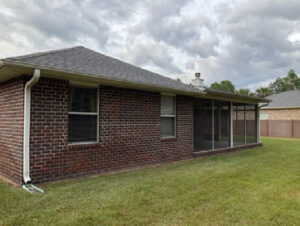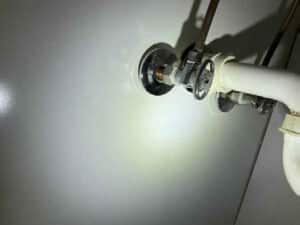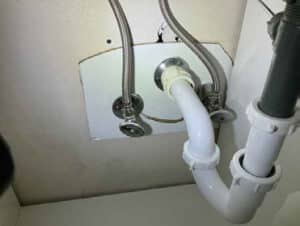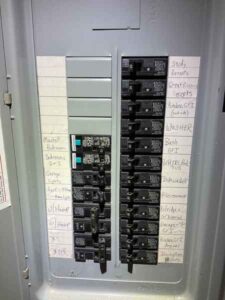Home inspection add on
Professional Four-Point Home Inspection




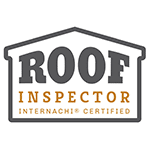

Covering Electrical, HVAC, Plumbing & Roofing on a Home
A four-point inspection is a type of home inspection, often requested by an insurance company. This report is shorter than a full general home inspection. It is essentially an "eligibility" report that helps determine if your home can be insured. Homes built before 2004 typically benefit from a four-point inspection to report on the status of major home infrastructure. The four points include Electrical, Plumbing, Roof/Structure, and HVAC. Insurance companies will use our written report to qualify your home for different rates and coverages.
Contact our team today for a fast and thorough four-point inspection report.

FAQs on Four-Point Inspections
Qualified and certified inspectors
Our inspectors are InterNACHI® certified and have years of experience inspecting homes in the Florida panhandle. They have dozens of certifications and accreditations. POMI Services is an InterNACHI® Certified Four Point Inspector. We are experts in concrete, plumbing, HVAC, and electrical systems, with our inspectors having prior career experience in these fields.



Benefits of a four-point inspection
Trusted by Home Buyers and Home Sellers
Four-Point Inspection Process
Inspection Details
Our inspectors will produce a multi-page report, with written details, images, and checklists of the HVAC, plumbing, electrical, and roof on a home.
Want to see what a report looks like? Check out our sample four-point inspection report here.
HVAC
The HVAC portion of the four-point inspection report is focused on AC and heating systems. Central AC and central heading are identified, and if the home does not use either method, an alternative primary heat source and fuel type are identified. The inspector then judges whether or not the heating, ventilation, and air conditioning systems are in good working order. If there is a date of last HVAC servicing available, this is written in the report.
We look for any hazards present in the HVAC system. Wood-burning stoves and central gas fireplaces are listed as to whether they were professionally installed. The inspector will look at whether the air handler/condensate line shows any signs of blockage, leakage, or water damage. The age of the HVAC system is also provided in the report.
Plumbing
All home plumbing is examined, including the water heater. A comprehensive checklist is worked through, which checks for the presence of a temperature pressure relief valve on the water heater, any active leaks, an indication of prior leaks, and identifies the physical location of the water heater.
The inspector will judge the general condition of fixtures and appliances. This includes:
- Dishwasher
- Refrigerator
- Washing machine
- Water heater
- Showers/Tubs
- Toilets
- Sinks
- Sump pump
- Main shut-off valve
- Any other visible fixtures
Any comments or details on unsatisfactory elements are commented on. This can include leaks, wet/soft spots, mold, corrosion, caulking issues, etc. Supplemental information on the age of piping systems and the type of piping may also be provided.
The underlying purpose of the plumbing section is to ensure the proper working order of all plumbing systems within a home and to bring awareness to a potential buyer or seller of any issues.
Example photos from a real home inspection
Electrical
This section of the report covers every aspect of a home's electrical system. Our inspection process looks at the main panel and any secondary panels. We will look at whether it's a circuit breaker or fuse panel, the total amps, and whether the amperage is sufficient for current usage.
We look for the presence of cloth wiring, active knob, and tubes, any branch circuit aluminum wiring, and connections repair via COPALUM crimp or AluminiConn.
The inspection then looks for any hazards present. This can include blowing fuses, empty sockets, loose wiring, tripping breakers, crossing, and"double taps". The electrical grounding is also examined, along with any unsafe wiring practices.
Our certified inspectors then make a final decision on whether the general condition of the electrical system is satisfactory or unsatisfactory.
Roof
The roofing section looks at the condition of a home's roof. The predominate roof is inspected for covering material, roof age, and remaining useful life. The date of the last roofing permit and last update are listed and noted whether it was a full or partial replacement. Any visible damage or deterioration is noted and documented with a photo. This can include cracking, curling, excessive granule loss, exposed asphalt, exposed felt, soft spots, and visible hail damage. Our inspectors will also look for any signs of visible leaks.
A bottom-line decision is made as to whether the overall condition of the roof is "satisfactory" or "unsatisfactory".



